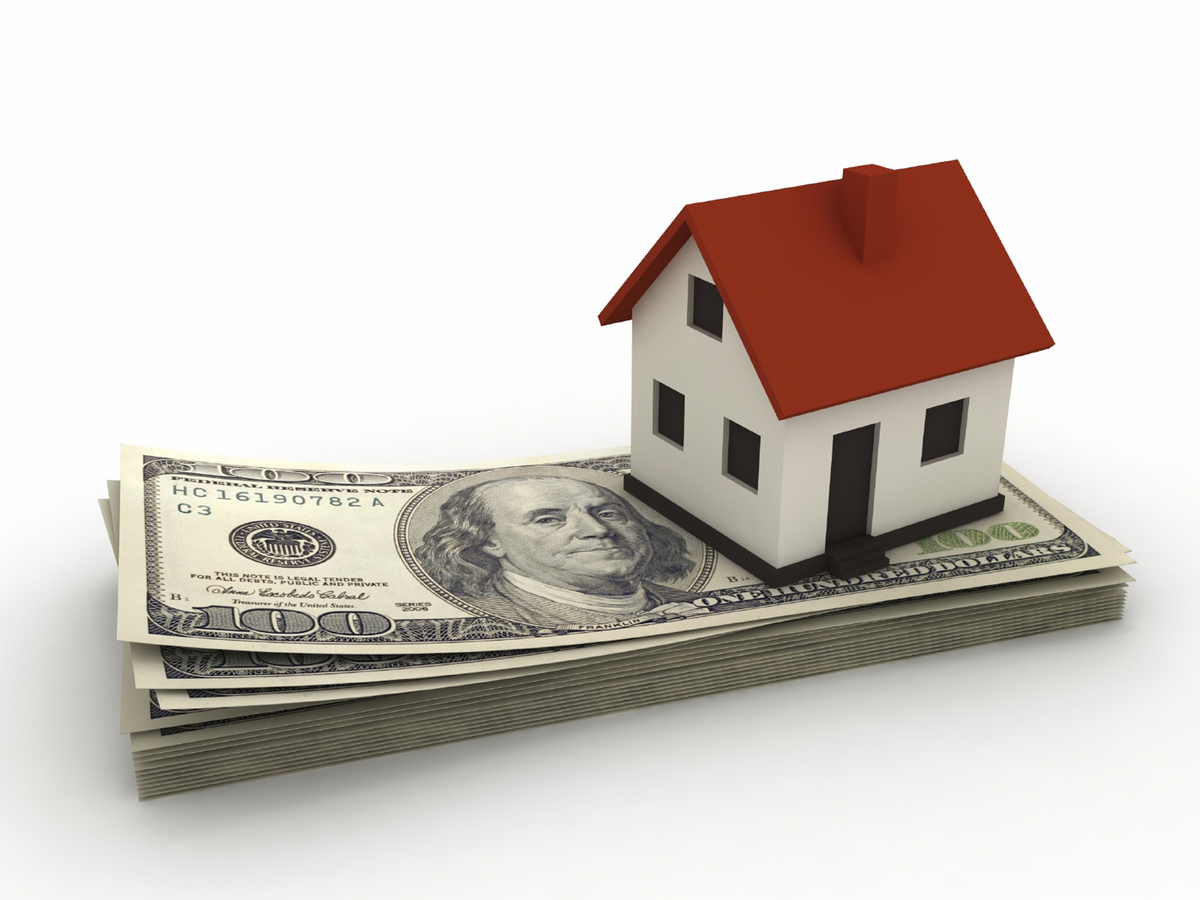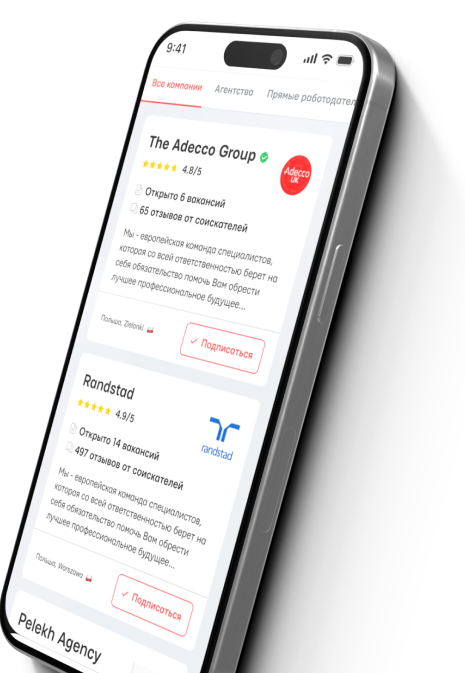What is the difference between a mortgage and a loan.


In Ukraine, as in many European countries, buying your own home outright, especially in the city, is incredibly difficult. For these purposes, there is a mortgage and various forms of loans. To purchase your own home, it is necessary to understand the difference between a loan and a mortgage. After all, these are different debt and quite lengthy obligations.
Understanding the difference between a mortgage and a loan is also important to avoid overpaying in the future. This difference can be incredibly large in monetary terms.
Mortgage Loan: What is a Mortgage and Why is it Needed?
Before understanding the difference between a mortgage and a loan, it is worth understanding what is generally at stake. A loan is a type of borrowing that the client takes out at interest. A mortgage is a long-term loan granted for the purchase of real estate, where the real estate itself serves as collateral for securing the loan. In other words, a mortgage is similar to a loan, but it can only be taken out to purchase housing. This already highlights the first differences between such types of loans.

In the event of non-fulfillment of obligations regarding loan repayment, the creditor has the right to seize the mortgaged property. The same applies to real estate (mortgages). Returning to mortgages, it is essential to understand how this process works. First, you need to choose a bank or mortgage program. The client selects a bank and a mortgage program, compares conditions such as interest rates, loan terms, and requirements. This process of studying offers on the market is incredibly important.
Next comes the preparation of documents. To obtain a mortgage, various documents must be provided, including a passport, proof of income, and documents for the property being purchased. Each bank may have its own requirements for such documents. Afterward, the bank assesses the client's creditworthiness, the value of the property, and makes a decision on granting the loan. And only after that does the signing of the contract take place. Once the loan is approved, a mortgage agreement is signed, detailing all the conditions of the loan.

Then the client has the primary obligation to repay the loans. This means that the client pays off the loan with interest monthly according to the payment schedule. Payments include both a part of the principal debt and interest. At the beginning of the repayments, the principal amount is paid off slowly, while interest constitutes a larger part of the payment.
Mortgage in Ukraine
In each country, there are unique features of mortgage loans. Interest rates on mortgages in Ukraine can vary depending on the bank, the loan term, the down payment, and other factors. In recent years, rates may have been relatively high but can decrease depending on the economic situation. Typically, a down payment of 10-30% of the property value is required.

A few words should be said about the types of mortgage loans:
-
Fixed rate. The interest rate remains constant throughout the loan term.
-
Floating rate. The interest rate may vary depending on market conditions or economic indices.
In Ukraine, there are state support programs for mortgage lending, such as programs for young families and veterans.
Loan and Mortgage: What is the Difference?
While understanding what the difference between a mortgage and a loan is, it is first necessary to understand exactly why you need the loan.

Loans and mortgages are financial instruments, but they have several key differences:
-
Purpose. A loan: it is a general concept that can be used for various purposes, such as purchasing goods, paying for services, or covering current expenses. Loans can be consumer loans, auto loans, credit cards, etc.
-
Mortgage: it is a specialized type of loan designed exclusively for purchasing real estate. The real estate itself is used as collateral for the mortgage.
-
Collateral. A loan can be secured or unsecured. Unsecured loans do not require collateral (for example, credit card loans or consumer loans), while secured loans may require collateral (for example, auto loans). A mortgage is always backed by collateral – the property purchased with the loan. If the borrower fails to fulfill their obligations, the creditor has the right to seize the collateral.
-
Term. A loan can be short-term and medium-term. Loan terms can vary from several months to several years. A mortgage is usually a long-term loan with a repayment period of 10 to 30 years.
Differences can also arise in loan interest rates. Interest rates on loans can be higher, especially on unsecured loans, due to the higher risk for the lender. Interest rates on mortgages are typically lower, as the loan is secured by collateral. However, rates may change depending on the loan term and other conditions.

Additionally, loan repayment may include monthly payments, which can be fixed or vary depending on the type of loan. Mortgage repayment typically consists of monthly payments that include both the principal amount and interest. At the beginning of the loan term, a larger portion of the payment goes to repaying interest.
Read also
- Leaped forward — how prices for apartments in Uzhhorod have soared
- New report for individual entrepreneurs - which document needs to be submitted and to whom
- Police Salary Structure — What It Consists Of in 2025
- Sell copper on OLX — what is happening with scrap prices in July
- The wallet is not holding—what products have risen in price the most
- Severance Payments for Employees — What to Consider in 2025









